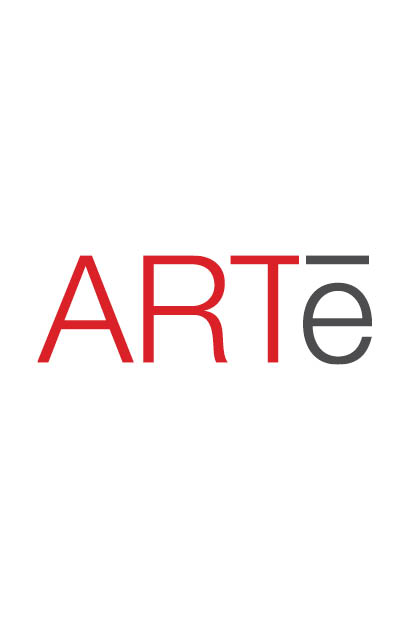Toshiko Takaezu • American (1922-2011)
1 ‘Porcelain Form’ • Porcelain 6” x 5” x 5”
When Toshiko Takaezu turned 80 her former and current students at Princeton University filled a treasure chest with notes of thanks for the lessons in life and art she’d shared with them. It was a fitting tribute for a woman who’d become known for placing messages inside her signature closed forms.
Toshiko Takaezu was the child of Japanese immigrants to Hawaii, and grew to be such a renowned ceramic artist, she was declared a Treasure of Hawaii. In 1940 she was a senior in high school and armed forces were piling into Hawaii to fight Japan. Lieutenant Carl Massa from the Special Services branch of the U.S. Army gave her sculpture lessons and inspired her to read, attend cultural events and consider a more creative direction to her life. After discovering ceramics while at the University of Hawaii, Takaezu moved beyond functional pottery and began exploring ceramics as sculpture.
At the time, Cranbrook Academy of Art in Bloomfield Hills, Michigan was a hotbed of ceramic arts under the direction of famed ceramicist Maija Grotell. Although she had never seen snow, Takaezu decided to head east and continue her studies at Cranbrook. There Grotell became one of her most important mentors, instilling in her the importance of using art as a tool of self-discovery and self-expression. As Takaezu later said: “Maija Grotell taught me how important it was to know yourself.”
Influenced by Grotell’s teaching, Takaezu explored her own Japanese heritage and the country’s rich ceramic culture during her travels in 1955. She studied the tea ceremony, lived in a Zen Buddhist temple and visited Japanese ceramists, including Shoji Hamada, Rosanjin Kitaoji and Toyo Kaneshige. “In the end, people say my work looks Oriental. I can’t help it. As a child, I was drawn to the East and the West. I take the best of both, but I have to be myself.”
(story continues below break)

















